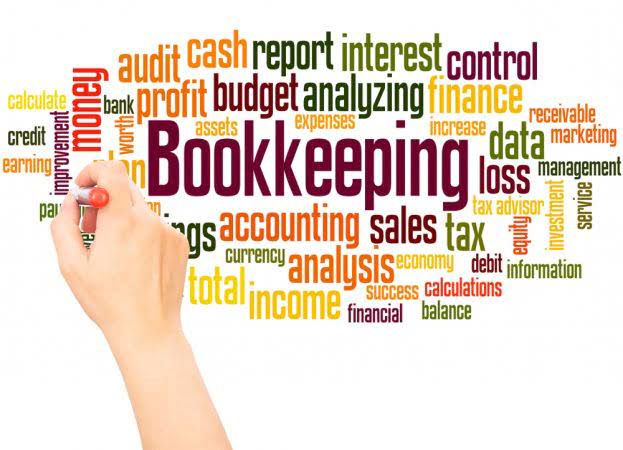
Be cautious when analyzing companies with significantly high or low equity multipliers, as extreme levels of leverage can indicate financial instability or limited growth potential. Through this risk management lens, the equity multiplier becomes a useful tool for decision-making in various areas such as capital acquisition, resource allocation, and strategic http://succonaturale.com/2021/08/16/what-are-outstanding-checks-in-accounting/ planning. Moreover, it provides a form of financial checkup that enables companies to identify and mitigate potential risks before they become too severe. However, while conservatism might lower the risk of financial distress, it might also limit the company’s growth potential.

How to Measure Market Efficiency
- Remember, just as a lever can lift heavy weights, it can also cause things to topple if misused.
- Equity multiplier is a leverage ratio that measures the portion of the company’s assets that are financed by equity.
- A lower Equity Multiplier suggests that the company relies more on equity.
- With an equity multiplier near 3x, Coca-Cola has $2.70 in assets for every $1 in shareholders‘ equity.
- On one hand, it can enhance ROIC when used judiciously in a low-interest-rate environment where the cost of debt is less than the return on investment.
The equity multiplier is calculated by dividing the value of assets a company owns to its stockholder’s equity. Learn to calculate and interpret the equity multiplier to understand its use of debt. Remember, understanding the equity multiplier allows us to navigate the complex landscape of corporate finance. Whether you’re an investor evaluating stocks or a CFO strategizing capital allocation, this ratio provides valuable insights. Some firms prefer conservative financing structures with lower debt levels, resulting in lower Equity Multipliers.

What is the formula for calculating Equity Multiplier?

The equity multiplier shows how much of a company’s total assets is provided by equity and how much comes from debt. Basically, this ratio is a risk indicator since it speaks of a company’s leverage as far as investors and creditors are concerned. It measures the extent to which a company uses shareholders’ equity to finance its assets. If the ratio is high, it implies that the company uses a higher amount of debt to finance its assets.
The Formula and Calculation of the Equity Multiplier
In calculating the equity multiplier, only the equity attributable to ordinary stock is taken into account. This suggests a moderate level of leverage, reflecting the capital-intensive nature of the automotive industry. Orb is a billing platform designed to help companies turn pricing into a lever for revenue growth. We enable businesses of all financial profiles to optimize their monetization strategies equity multiplier while maintaining accurate and reliable billing. A venture-backed firm has raised equity capital but may also use debt to fund growth initiatives. A mature SaaS company typically demonstrates more stability and a balanced approach to financing.
Conversely, a lower equity multiplier indicates that a greater portion of the company’s assets is financed by equity, implying less reliance on debt. This ratio essentially shows how many dollars of assets a company has for each dollar of equity. Financial ratios serve as valuable tools for assessing a company’s financial standing and operational efficiency. Among these, the equity multiplier stands out as a ratio specifically designed to illuminate a company’s financial leverage. It provides a concise indication of how a company’s assets are financed, highlighting the interplay between owner contributions and borrowed funds. Understanding this ratio can help individuals gauge a company’s reliance on debt to support its operations.

Conversely, a lower equity multiplier ratio usually signals lower financial leverage and risk. An equity multiplier of 2.5 means that for every $1 of equity, the company has $2.50 of assets. The equity multiplier is calculated by dividing total assets by the common stockholder’s equity. Some companies strategically use debt to fuel growth and may operate successfully with a higher equity multiplier. It’s all about how well the company manages its debt and whether it can generate sufficient returns to justify the increased leverage.
Tailoring your portfolio based on this understanding can enhance your investment strategies by aligning them with your risk tolerance and return expectations. Applying the equity multiplier thoughtfully can make for a prudent and tailored investment strategy. Still, a low equity multiplier is comfortable for those seeking safer investment havens, bearing in mind that ‘low’ is a relative term and must be weighed against industry averages. When you knit the equity multiplier into this framework, you get a potent tool for discerning the underlying drivers behind return on shareholder’s equity. There is no one-size-fits-all equity multiplier that would be considered good for any company.
And if management decides not to distribute heavy dividends and use the profit to finance most assets instead, the ratio becomes totally useless. In the DuPont factor analysis, a financial assessment system created by the DuPont Corp., the equity multiplier also plays an important role. In the model, return on equity (ROE) is split up into its common financial ratio and metric components, namely, net profit margin, asset turnover and the equity multiplier. In this formula, Total Assets refers to the sum total of all of a Mental Health Billing company’s assets or the sum total of all its liabilities plus equity capital. Common Shareholder’s Equity covers no more than the common shareholder’s funds (preference shares should not be included as it comes with a fixed obligation).


Neueste Kommentare